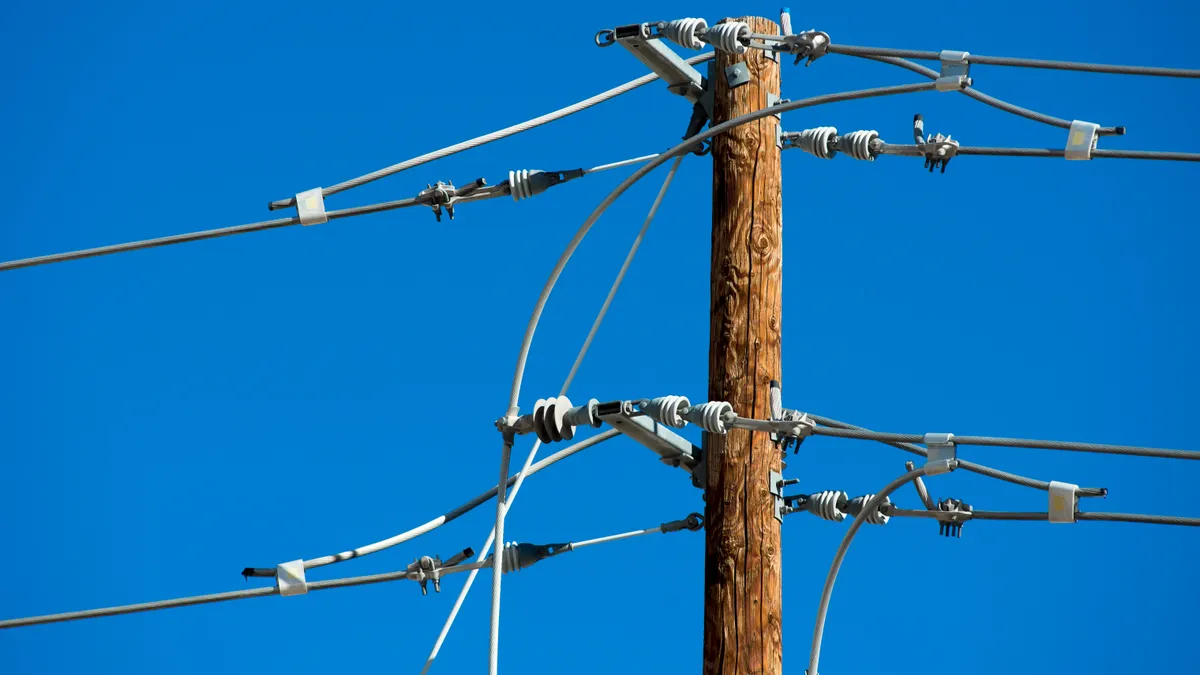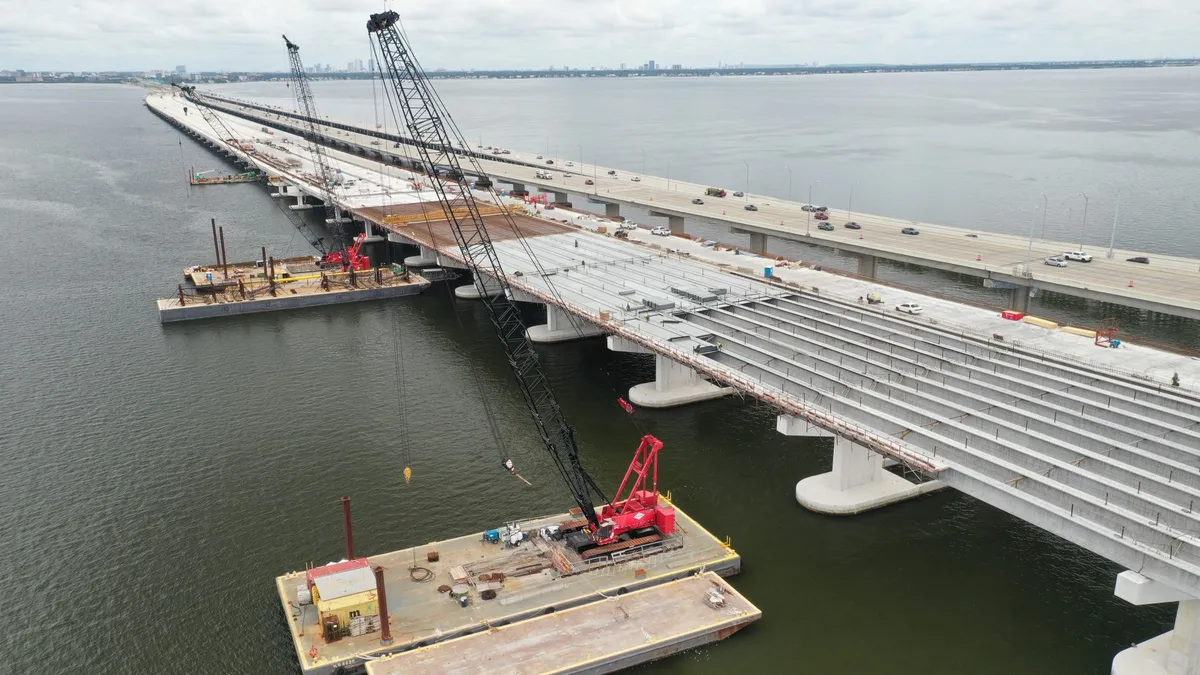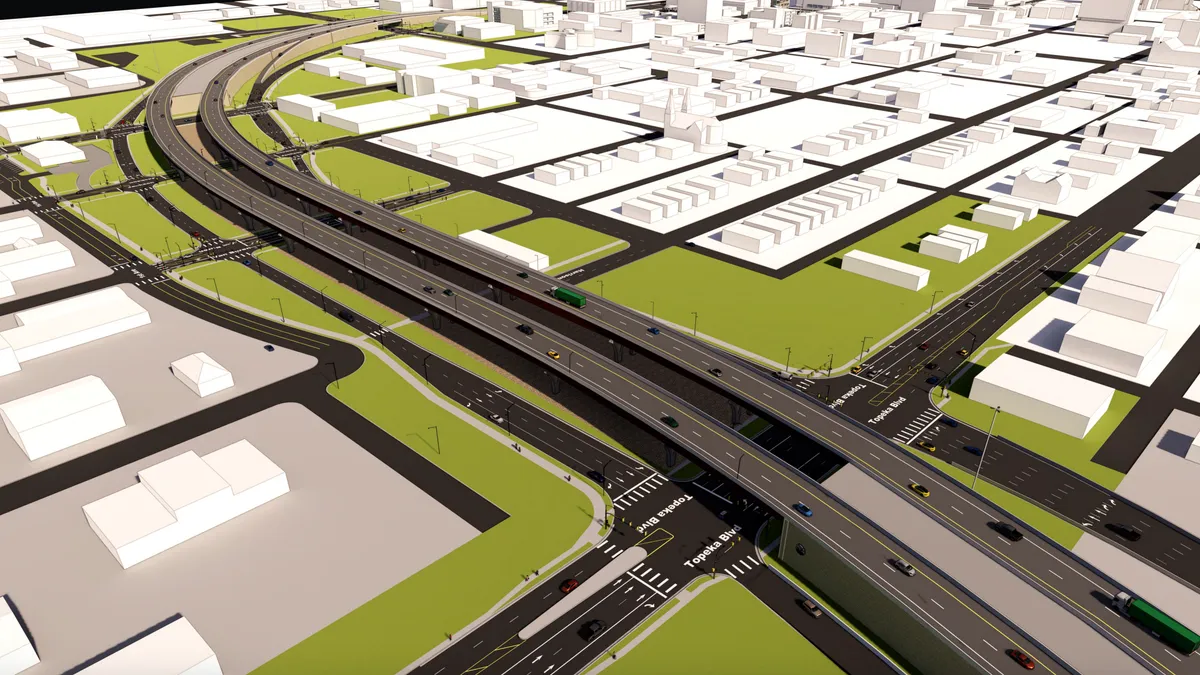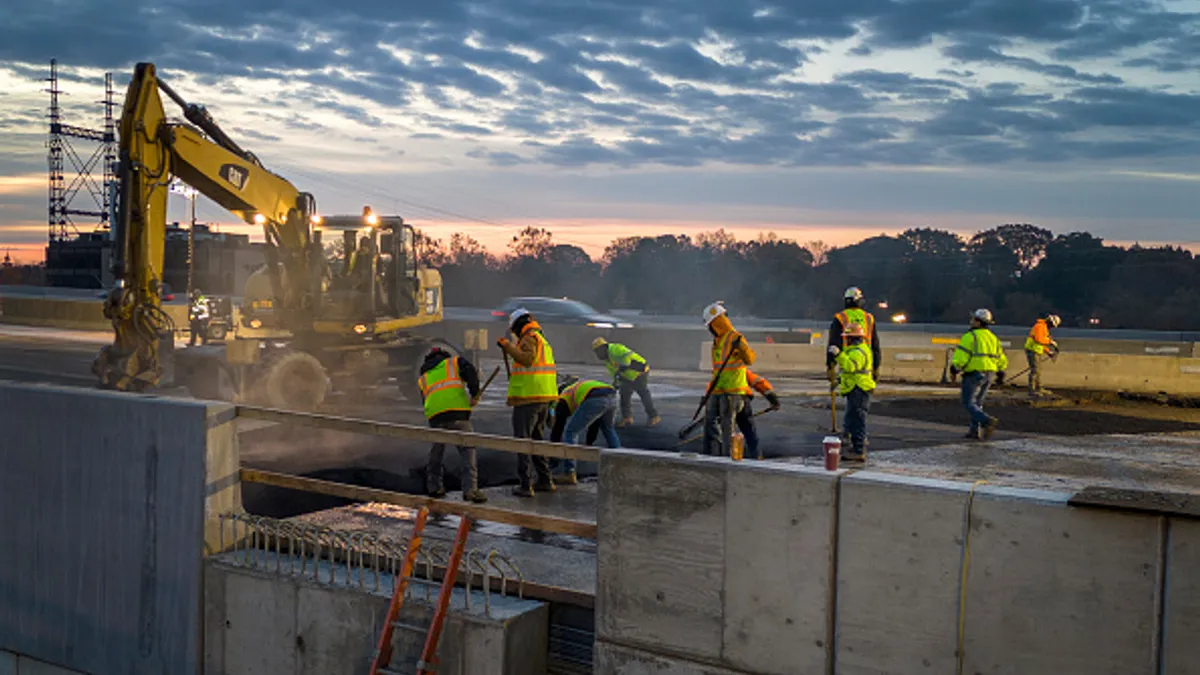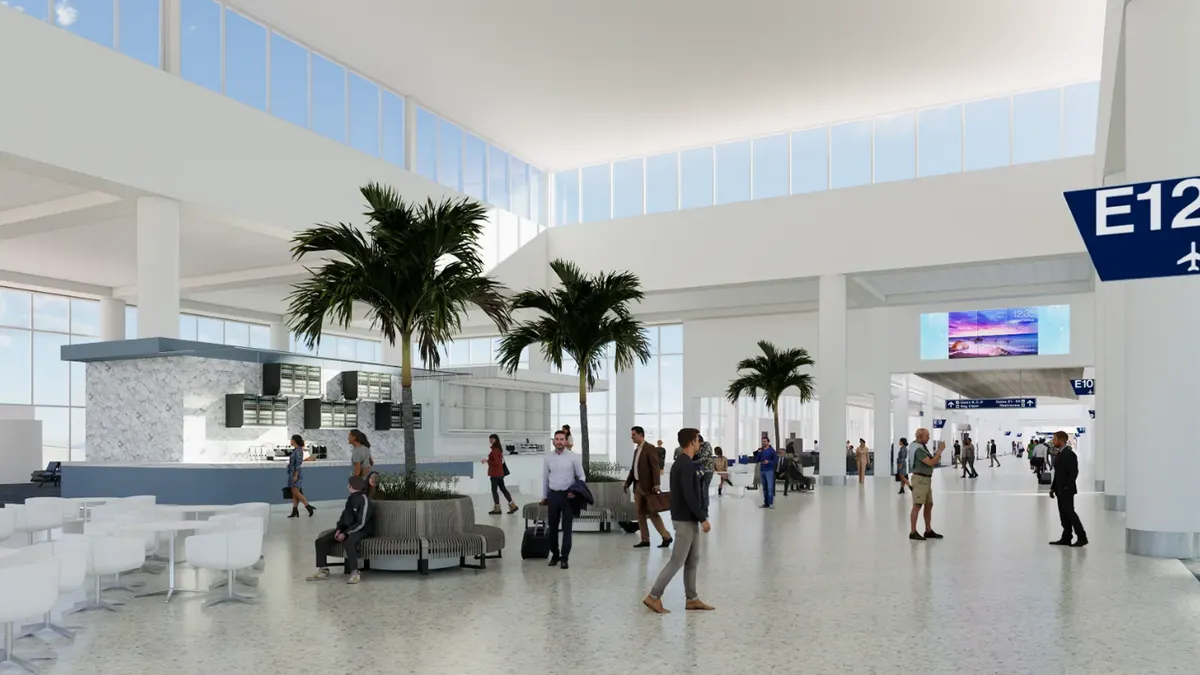It's a scene that is fresh in the minds of those who lived through this year's U.S. hurricane season or who could monitor the damage from afar — darkness from mass power outages.
In the aftermath of Hurricane Irma, according to The Washington Post, 15 million households in Florida were without power, even without the storm reaching its expected intensity. Most customers saw their power back on within days, but those who experienced damage along Irma's perimeter had to brace against the high humidity and intense heat a little longer.
Power outages from Hurricane Maria, which rolled through Puerto Rico in September, continue to this day. Immediately after the storm, nearly all of the island was without power, and, as of Nov. 21, according to The New York Times, less than 50% of power has been restored. In Puerto Rico’s case, though, the lack of power was not only due to downed low-and medium-voltage distribution lines and the poles that support them, but damage to high-voltage transmission lines and towers — essentially, the entire power grid.
Even so, from the country's hurricane-prone territories, to those vulnerable to severe ice storms and blizzards, many residents, power companies and local governments are pondering the question: Should we think about moving power lines underground?
A safety issue
Of course, cities like New York have long operated with most of its power equipment underground. And, according to Phil Mihlmester, executive vice president of energy and infrastructure consulting firm ICF, it is not uncommon for brand new developments to incorporate underground power systems into their designs. "It's much easier to take an empty plot of land you’re excavating and developing and put underground lines in at that stage," he said.
The primary benefit of putting distribution power lines underground, Mihlmester said, is, of course, fewer power outages due to downed trees and branches. "Trees are the No. 1 enemy of electric utilities," he said.
And, because many homeowners tend to have a preference for more trees on their landscape, the underground solution can be a win-win, according to Mihlmester. Moving lines underground also has the added advantage of eliminating unsightly wires and poles.
For those who rely on electricity to power medical equipment or depend on electric cooling and heating for health reasons, a more reliable supply of electricity can mean the difference between life and death. After Hurricane Irma, 12 nursing home residents died from heat-related conditions after the facility's electricity went out.
Other public safety issues, like the danger of electrocution from exposed live wires, are also eliminated when power lines run under the ground.
No panacea
But "undergrounding" is not a panacea, according to Spencer Crowley, a partner at the Miami-law firm Akerman in Miami.
Cost is definitely the biggest obstacle to widespread undergrounding, especially when it comes to retrofitting areas that already have overhead distribution lines. "I think most communities want it, but they don’t want to pay for it," he said.
The push to investigate undergrounding is at its highest after a storm like Irma, Crowley said. But those efforts quickly ease up when details involving legislative action or assessments of residents' financial contribution to such initiatives come into the fold.
According to Mihlmester, putting power lines below grade can come with a price tag as much as 10 times more than the cost of installing them overhead, depending on how extensive the work is and whether utility crews are burying distribution or higher-voltage transmission lines.
In seismic-prone areas of the country, damage to underground utilities poses another significant risk. Flooding is also a concern, particularly in low-lying areas. Following Superstorm Sandy in 2012, almost all of lower Manhattan fell victim to a massive power outage that lasted for days due to the storm surge flooding substation equipment, Mihlmester said.
More still, the infrastructure and systems required to protect the lines make it harder to locate any areas that need repairs, said Peter Dyga, president of the Associated Builders and Contractors' Florida East Coast Chapter. And the time it takes to make those underground fixes, he said, can add to the duration of an outage.
One of many possible solutions
There are other ways, Dyga said, to keep poles and electric lines from sustaining major damage during a storm, and those include replacing the poles and making sure trees are trimmed regularly.
Florida Power and Light Company (FPL), for one, invested $200 million in strengthening its infrastructure after the 2005 hurricane season. Part of that initiative included replacing old wooden poles with stronger wood or concrete ones.
But efforts to implement a more aggressive tree-trimming schedule, Crowley said, can result in a public-relations or even a legal nightmare when the process involves homeowners' property and their landscaping preferences. Earlier this year, the city of Coral Gables, FL, sued FPL because, according to plaintiffs, it took too long to return the power post-Irma. FPL asserted that, for years, they had tried to trim the trees that fell on the lines during the storm, but had been met with resistance from homeowners.
The city of Palm Beach, Crowley said, is forcing the issue and planning to bury all power lines underground. "[They] feel like they have to make these investments in their infrastructure."
The decision to go underground will likely be part of the infrastructure conversation going forward, but Mihlmester said it's not the end of the discussion.
"Undegrounding has to be looked at in the context of a holistic solution," he said, "as one of many possible things that can be done."


